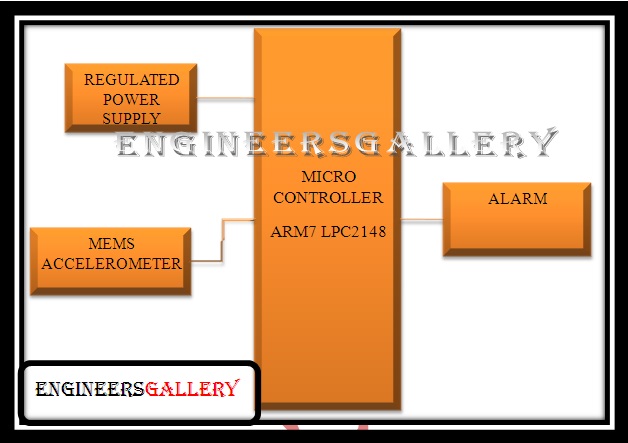PATTERN MATERIAL WOOD
Wood is the most popular and commonly used material for pattern making. It is cheap, easily available in abundance, repairable and easily fabricated in various forms using resin and glues. It is very light and can produce highly smooth surface. Wood can preserve its surface by application of a shellac coating for longer life of the pattern. But, in spite of its above qualities, it is susceptible to shrinkage and warpage and its life is short because of the reasons that it is highly affected by moisture of the molding sand. After some use it warps and wears out quickly as it is having less resistance to sand abrasion. It can not withstand rough handily and is weak in comparison to metal. In the light of above qualities, wooden patterns are preferred only when the numbers of castings to be produced are less. The main varieties of woods used in pattern-making are shisham, kail, deodar, teak and mahogany.
Shisham
It is dark brown in color having golden and dark brown stripes. It is very hard to work and blunts the cutting tool very soon during cutting. It is very strong and durable. Besides making pattern, it is also used for making good variety of furniture, tool handles, beds, cabinets, bridge piles, plywood etc.
Kail
It has too many knots. It is available in Himalayas and yields a close grained, moderately hard and durable wood. It can be very well painted. Besides making pattern, it is also utilized for making wooden doors, packing case, cheap furniture etc.
Deodar
It is white in color when soft but when hard, its color turns toward light yellow. It is strong and durable. It gives fragrance when smelled. It has some quantity of oil and therefore it is not easily attacked by insects. It is available in Himalayas at a height from 1500 to 3000 meters. It is used for making pattern, manufacturing of doors, furniture, patterns, railway sleepers etc. It is a soft wood having a close grain structure unlikely to warp. It is easily workable and its cost is also low. It is preferred for making pattern for production of small size castings in small quantities.
Teak Wood
It is hard, very costly and available in golden yellow or dark brown color. Special stripes on it add to its beauty. In India, it is found in M.P. It is very strong and durable and has wide applications. It can maintain good polish. Besides making pattern, it is used for making good quality furniture, plywood, ships etc. It is a straight-grained light wood. It is easily workable and has little tendency to warp. Its cost is moderate.
Mahogany
This is a hard and strong wood. Patterns made of this wood are more durable than those of above mentioned woods and they are less likely to warp. It has got a uniform straight grain structure and it can be easily fabricated in various shapes. It is costlier than teak and pine wood, It is generally not preferred for high accuracy for making complicated pattern. It is also preferred for production of small size castings in small quantities. The other Indian woods which may also be used for pattern making are deodar, walnllt, kail, maple, birch, cherry and shisham.
Advantages of wooden patterns
1. Wood can be easily worked.
2. It is light in weight.
3. It is easily available.
4. It is very cheap.
5. It is easy to join.
6. It is easy to obtain good surface finish.
7. Wooden laminated patterns are strong.
8. It can be easily repaired.
Disadvantages
1. It is susceptible to moisture.
2. It tends to warp.
3. It wears out quickly due to sand abrasion.
4. It is weaker than metallic patterns. Copied from Introduction to Basic Manufacturing
Processes and Workshop Technology by Rajender Singh.















